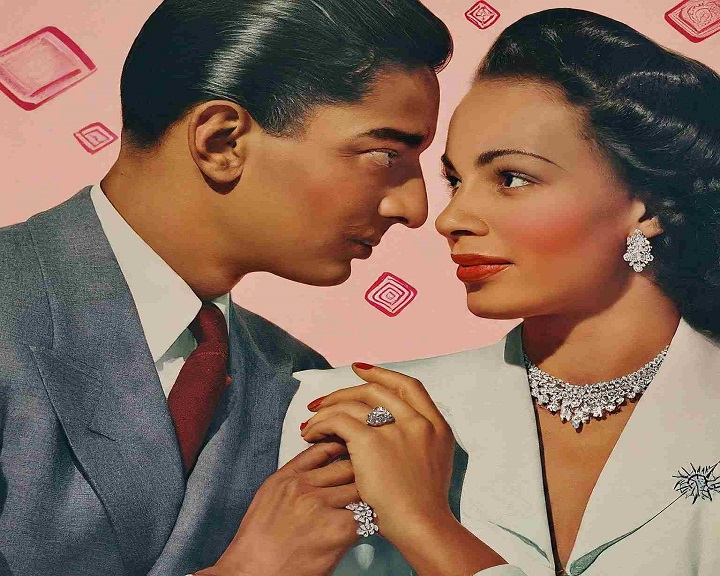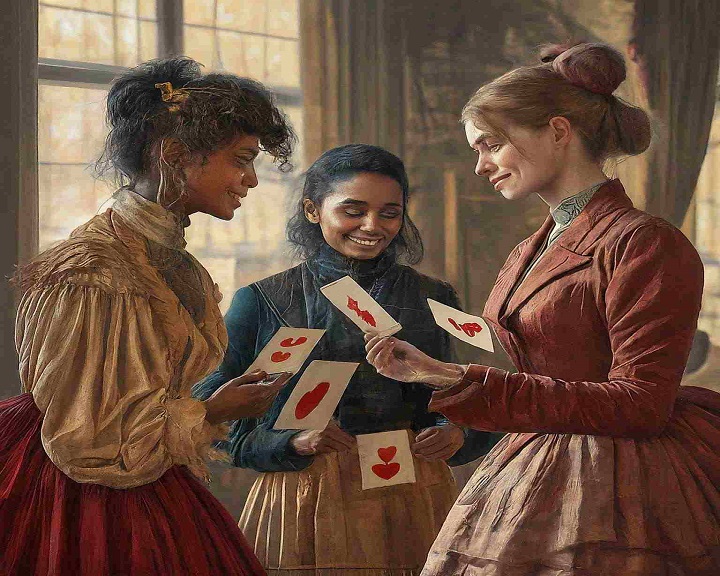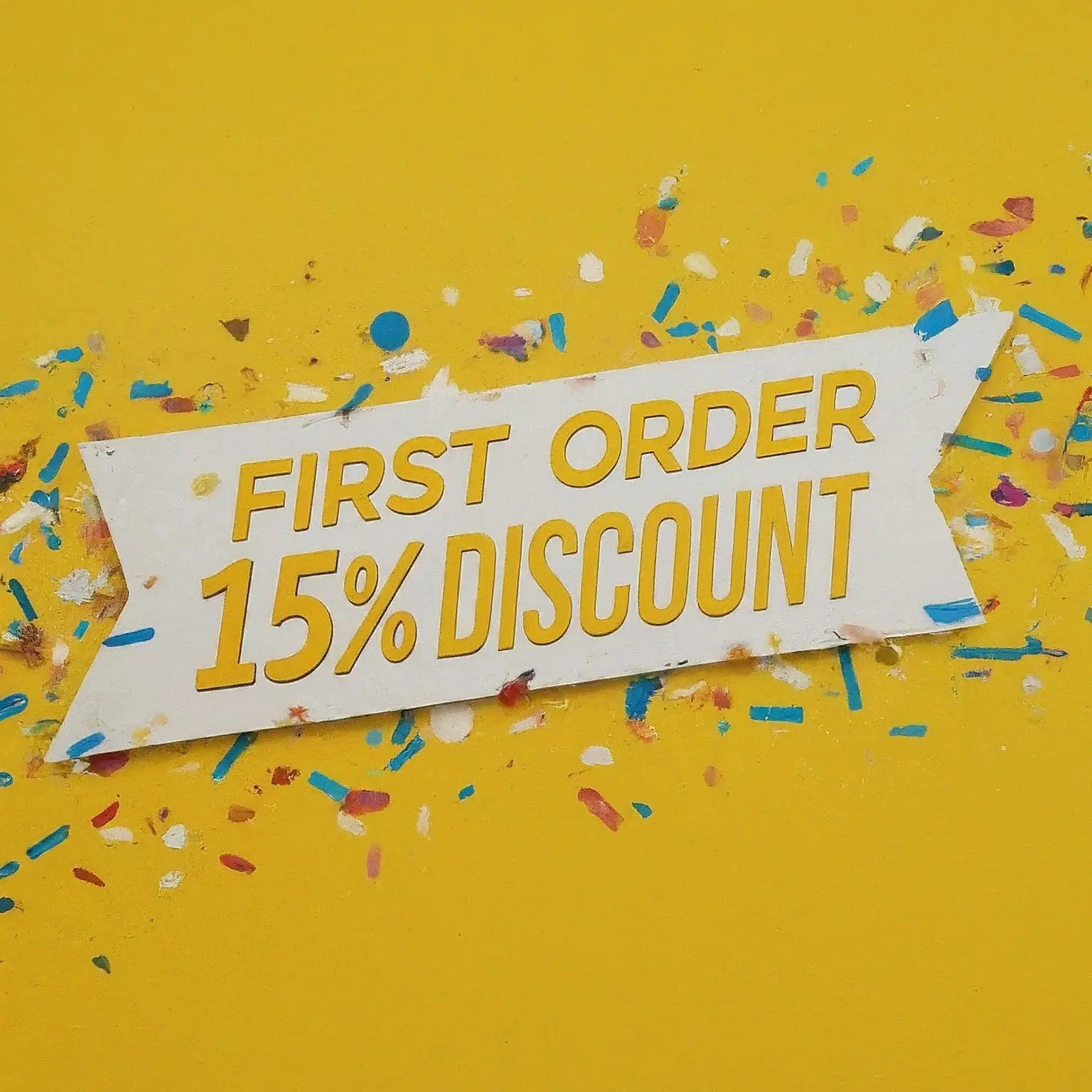Valentine's Day, a day meant to celebrate love and appreciation, often gets swept up in the wind of consumerism and pressure for grand gestures. Lavish dinners and expensive gifts, while well-intentioned, can overshadow the true essence of the day: celebrating genuine connection and affection.
Over the decades, companies have been romantising the idea of love to sell their products. Let us look at some of the companies that sold us the manufactured idea of love and how a sinful ritual slowly became a commercial holiday.

The History of Valentine’s Day:
The history of valentine’s day is sinful. It began with a roman festival called, Lupercalia, which was initially a fertility enhancing ritual. This festival was known for its wild celebrations and fertility rituals, which often involved animal sacrifices and the pairing of young men and women through a lottery.
In the 5th century, Pope Gelasius I outlawed Lupercalia and replaced it with a feast day to honor Saint Valentine, a Christian martyr executed on February 14th. At that time, Saint Valentine was not related to love or romance.
It was not until middle-ages that the connection of valentine’s day with love began to develop. This was likely due to the fact that February 14th was also believed to be the beginning of the bird-mating season in Europe. People began to send love notes and poems to each other on this day.
By 18th and 19th century, the connection of love with valentine’s day became a popular tradition in England and United States. Around the same time, the commercialization of Valentine's day also began.
De Beers: Diamonds and the Marketing of Love
Today diamonds have become an intricate part of the valentine’s day celebration, however, we often time are unaware how diamonds actually became a symbol of love and commitment.

Initially, diamonds were traded for industrial use due to its sharpness and durability. But in the late 19th century, De Beers, a diamond company, transformed diamonds from industrial tools to the eternal symbol of love.
This south African giant controlled more than 80% of global diamond market and used its power to rewrite the meaning of diamonds.
Their iconic "A Diamond is Forever" campaign, launched in 1948, wasn't just a slogan; it was a cultural revolution.
Before the campaign, diamonds were primarily seen as industrial tools, however, De Beers' campaign successfully transformed them into romantic symbols of eternal love, commitment, and luxury. Through clever marketing, strategic partnerships, and even Hollywood influence, De Beers weaved diamonds into the fabric of love and marriage.
Diamond spike: The campaign was successful to say the least. The campaign led to a significant increase in demand for diamonds, particularly for engagement rings. Diamond sales skyrocketed from 10% of brides receiving diamond rings in the US pre-campaign to 80% just a decade later.
The company also strategically controlled the supply of the diamonds, maintaining artificial scarcity of the diamonds. This further enhanced their value as rare and luxury jewel.
However, the company faced extreme criticism for manipulating the market, controlling supply and maintaining monopoly in the diamond trade.
Sentimentalization of Valentine's Day with a dose of capitalism:
Ever since the beginning of love, love was expressed with handwritten notes and love letters. But not many people were good at writing poetry and lovely quotes- that is when an American company- hallmark, came up with the idea of the Greeting cards. Their greeting cards featured pre-written notes and love quotes, making it easier for people to express their love.

This not only simplified expressing love, but also solidified valentine's day association with gift-giving. They started mass-producing Valentine's Day cards featuring romantic imagery and sentimental verses, focusing on a newly emerging middle class with disposable income.
Hallmark gained significant profits from commercializing a genuine expression of love. This inspired other companies, such as American Greetings, to follow the lead . This sparked a significant growth in the card industry itself, with Valentine's Day becoming a major sales driver for greeting card companies.
Soon, the trend of greeting cards spread across the globe, making it an international phenomenon.
Cadbury Revolutionized the idea of Romance and Gifts:
Initially chocolates were not the part of valentine's day celebrations, but today, Valentine's day week mark 20-30% spike in chocolate sales as compared to other periods. This is because Cadbury and Hershey’s recognised the existing link between chocolate and indulgence, pleasure, and even love. They cleverly positioned their products as sweet treats perfect for expressing love on Valentine's Day.
They launched targeted campaigns during the valentine’s day season to promote chocolate-giving as an expression of love. This tradition is continued still. This year, Cadbury launched AI-powered storytelling campaign, which allows couples to weave their love story into heartwarming tale. Consumers scan QR codes on Cadbury Silk packs to access an exclusive website, where they answer questions to curate their unique love stories, leading to personalized avatars. These avatars become characters in an animated movie seamlessly woven together by an AI module.
Conclusion:
While often hailed as celebration of love, Valentine's day has become entangled with consumerism. From diamonds promoted as symbols of eternal commitment to pre-written sentiments on mass-produced cards, companies capitalize on romanticized notions. Ultimately, Valentine’s Day offer an opportunity to celebrate love- in all its diverse forms. Don't let commercialization overshadow the true essence of the day. Choose authenticity over hype, and reclaim the heart of Valentine's Day.
Copyright © 2024 getessayservice.com

